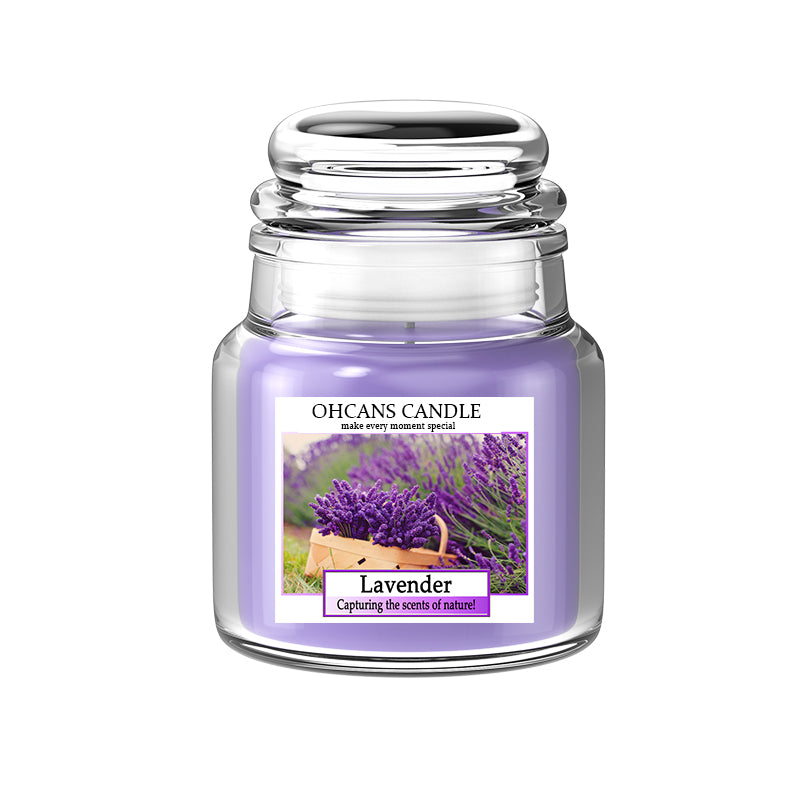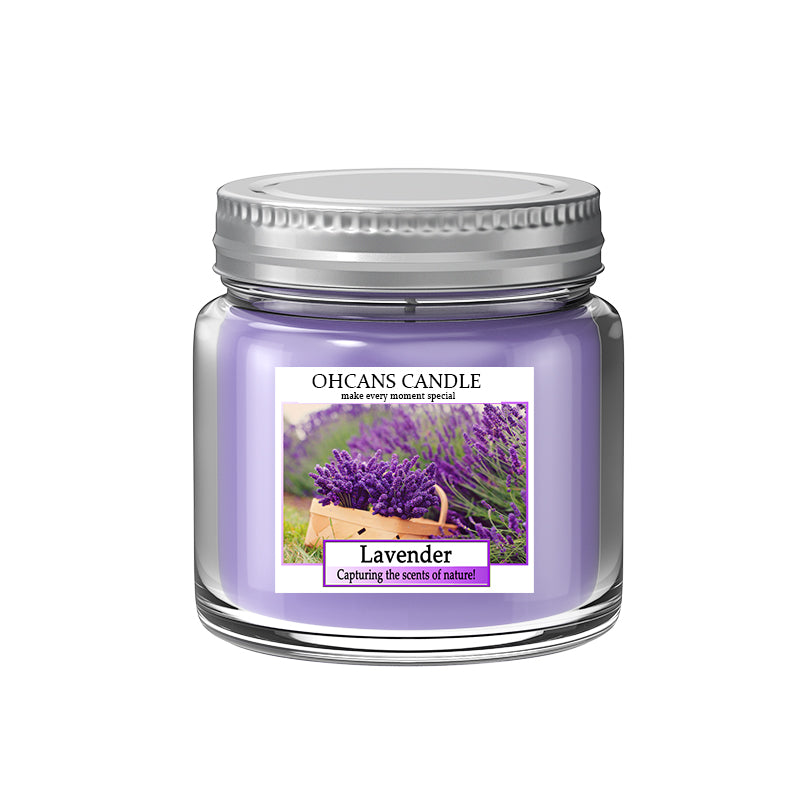Candles 101: How to Choose the Right Wax for Your candle making?
The kind of wax you select while creating candles has a significant impact on the qualities and applicability of your candles.Therefore, there are so many factors to take into consideration before you even begin. Different kinds of wax each have special qualities that make them better suited for particular kinds of candles. Let's examine the specifics and see how each kind of wax satisfies different requirements for producing candles:
Paraffin Wax: Paraffin wax is a popular and reasonably priced choice for creating candles. It is incredibly adaptable and may be used to make pillar candles, votive candles, and container candles, among other types of candles. Because paraffin wax has a high melting point, it can hold colors and scents quite well. As a result, creating colorful, long-lasting candles with alluring scents is simple. Paraffin wax is also widely accessible, making it a preferred option for candle makers of all skill levels.The material itself is derived from petroleum, coal and oil shale.

Soy Wax: Made from soybean oil, soy wax has become more and more well-liked because it is renewable and natural. It is a great option for wax melts, tea lights, and container candles. Soy wax burns more slowly and coolly than paraffin because it has a lower melting point. Additionally, soy wax is renowned for its clean-burning qualities, generating less soot and smoke, which makes using candles healthier and more enjoyable.
Beeswax is a natural wax made by bees that provides a distinctive and enticing choice for candlemaking. For pillar candles, taper candles, and decorative candles in particular, it is ideal. Beeswax candles provide a sophisticated touch to any situation with their soft, honey-like aroma and gorgeous, natural color. They are renowned for their protracted burn periods, clean burning characteristics, and the tranquil atmosphere they produce.
Palm Wax: Palm wax, which is produced from palm oil, is frequently used to make eye-catching pillar candles and container candles. When palm wax cools, it can create distinctive crystalline patterns that make for visually beautiful candles. Palm wax is perfect for manufacturing long-lasting candles because it has a higher melting point, which ensures sustained burning.
Gel Wax: Most often used for container candles, gel wax is a translucent and adaptable option. Because of its clarity, the candle can incorporate artistic embeds, ornamental components, and even hung items. Gel candles have a certain aesthetic appeal, especially when paired with colorful accessories or visually appealing patterns. Gel wax can hold a lot of scent, which improves the perfume of the candles.
Although different type of wax entails different type of benefit, there are so many things to take into consideration when it comes to selecting the right candle wax.
There are several key factors, which is maximum fragrance load, hot and cold throw, glass adhesion, and usability.
Fragrance load is a key determining factor in candle making process, this is because using too little fragrance will result in low scent throw, while on the other hand, using too much may get a strong hot throw and overload the wax. Thus, as a result cause the candle swearting or curdling. Moreover, the fragrance ratio may also impact what type of candle wick to pick from and as well as how the melting process would turn out to be. In the case you want a strong and powerful scent, you would want to make sure to use a wax that can hold at least 10~12% fragrance. Following the same princeiple, it is important to consider how the wax hold fragrance and release it when it is hot or cold.
Hot and cold throw
In the case if you want to consider how the wax holds fragrance and release it when it is hold or cold. If you wish to have a strong and powerful scent throw. Please ensure that you choose a wax that holds fragrance well. In this particular case, soy wax is reknowned for its weak fragrance throw.
Glass adhesion
You are certainly in a good shape even if you do not see some container adhesion and it most certainly will not affect the overall way the candle burn. However, if we trace the issue back to its origial cause, the main reason is due to a minor shrinkage that occur when the wax is cooling, as well as some minor imperfections when the wax is cooling. Besides, there is as well as the minor imperfections on the inside of any glassware surface. In other word, glass adhesion equals to how well the wax interact with the surface sides of your container vessel.

Usabilty
Usability is also a critical element when choosing and selecting your wax type. A good candle wax should have high fragrance load abilty, an excellent glass adhesion and widely usabilty. Paraffin wax is the world's most commonly used candle wax. At the same time, it is removed from petroleum during the refinning process. Parafiin was is a relativley hard wax and comes in a variety of melting points. It is typically suitable for the creation of pillars and container candles. Tracing back to history, paraffin was is developed in the 1850s, paraffin is valued for its opacity, lack of color, lack of odor, and consistant burning qualities.
While the development of soy wax is credited to the U.S agribusiness community. Another interesting fact would be that soy candle is the fist commercially used candles in 1990s.Soy wax does not hve very good glass adhesion compared to others.
When it comes to selecting the right candle making supplies, wax is a key componet.

Different types of waxes have different properties that affect how a candle looks, smells, and burns.We hope this blog post has helped you to understand the different types of waxes available for candle making and the pros and cons of each.Whether you’re a professional candle maker or just starting out, you should now feel more informed about the different types of waxes and which one might work best for you.With this knowledge, you can confidently choose the right type of wax for your candles and create beautiful, long lasting works of art.




Leave a comment